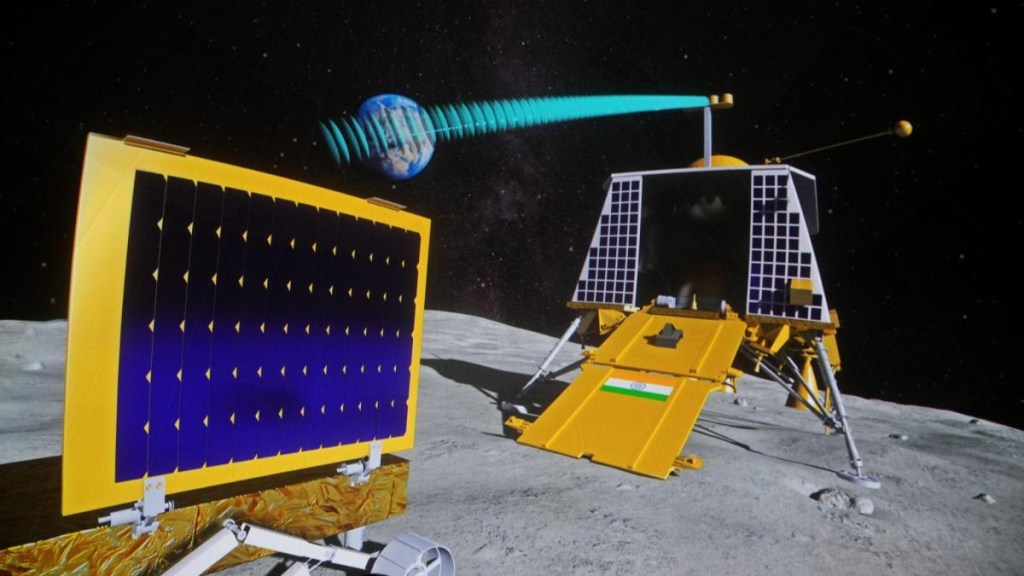ISRO’s latest lunar mission, Chandrayaan-3, faces another challenge as its attempts to re-establish communication with the Vikram lander and Pragyan rover have met with silence. Placed in ‘sleep mode’ for their safety during the harsh lunar night on the Moon’s south pole, where temperatures plummet to -200 degrees Celsius, the duo had spent two weeks diligently collecting invaluable data and images. Now, as the lunar dawn approaches, ISRO’s efforts to awaken Vikram and Pragyan from their lunar slumber are closely watched, with hopes that they will once again spring to life and continue their mission.
However, in its update on the same, ISRO said, “No signals have been received from them. Efforts to establish contact will continue.”
ISRO’s Space Applications Centre Director Nilesh Desai earlier told PTI, “We have put the lander and rover on sleep mode because the temperature would go as low as minus 120-200 degrees Celsius. From September 20 onwards, sunrise will be going on at the Moon, and by September 22 we hope that the solar panel and other things will be fully charged, so we will be trying to revive both the lander and rover.”
What’s next?
If restarted successfully, both the lander and rover may then collect more observations. Former ISRO chairman Madhavan Nair said, “Once it comes to operation, it is quite possible that we can move around for some distance over the next 14 days and collect adequate data, more data on the surface conditions on the Moon near the South Pole.”
Former ISRO scientist Tapan Mishra told ANI that if it survives one night then it will survive many more lunar nights. “…if it happens, then we will be in a league that can operate the lunar lander, rover, even throughout the year. If it survives one lunar night, I’m sure it will survive many more lunar nights and it may probably operate from 6 months to one year. That will be a great thing,” he added.
How will Pragyan and Vikram ‘wake up’?
Following the mission’s guidelines, as the moon’s south pole experiences dawn and sunlight, the lander and rover’s solar panels are expected to recharge optimally. ISRO will then attempt to revive the duo and assess their operational health.
Before entering sleep mode, lander Vikram executed a remarkable manoeuvre, making a controlled touchdown on the lunar surface by reigniting its engines and ascending approximately 40 centimetres, then hopping a short distance of 30-40 centimetres. This manoeuvre exceeded the objectives of the Chandrayaan-3 mission. ISRO successfully commanded Vikram to perform this task, demonstrating its capabilities.
What tasks did Vikram and Pragyan perform so far?
Following the historic landing, both Vikram lander and Pragyan rover undertook diverse tasks on the lunar terrain, including the detection of sulphur presence and recording relative temperature data. Moreover, the Pragyan rover travelled more than 100 metres, confirming the presence of sulphur, iron, oxygen and other elements on the Moon.

